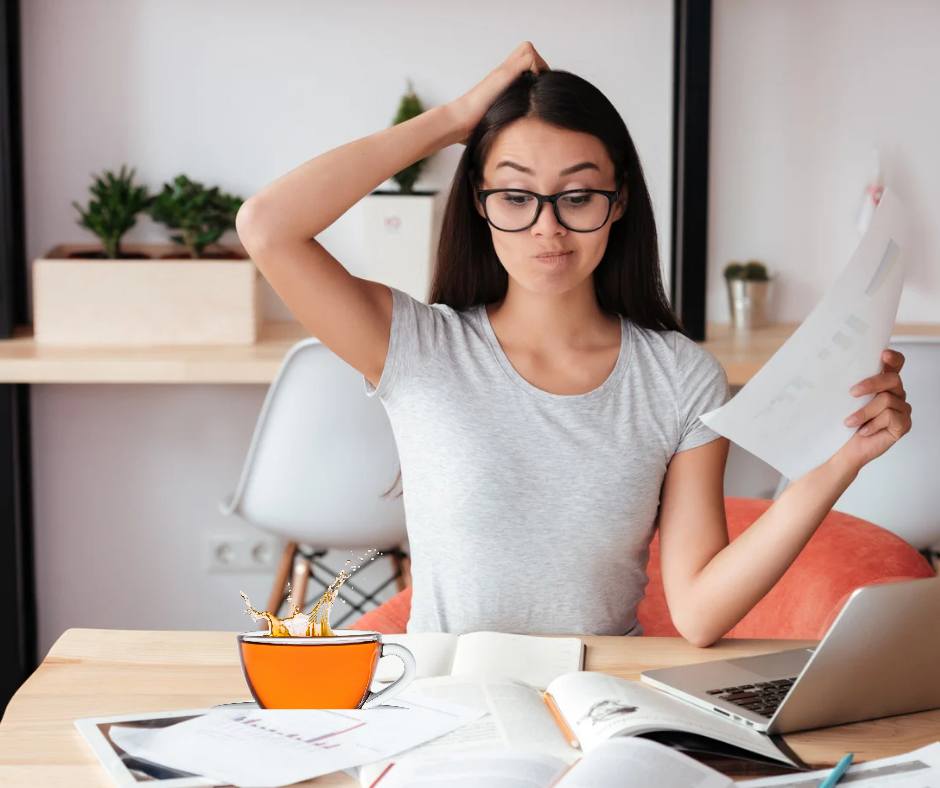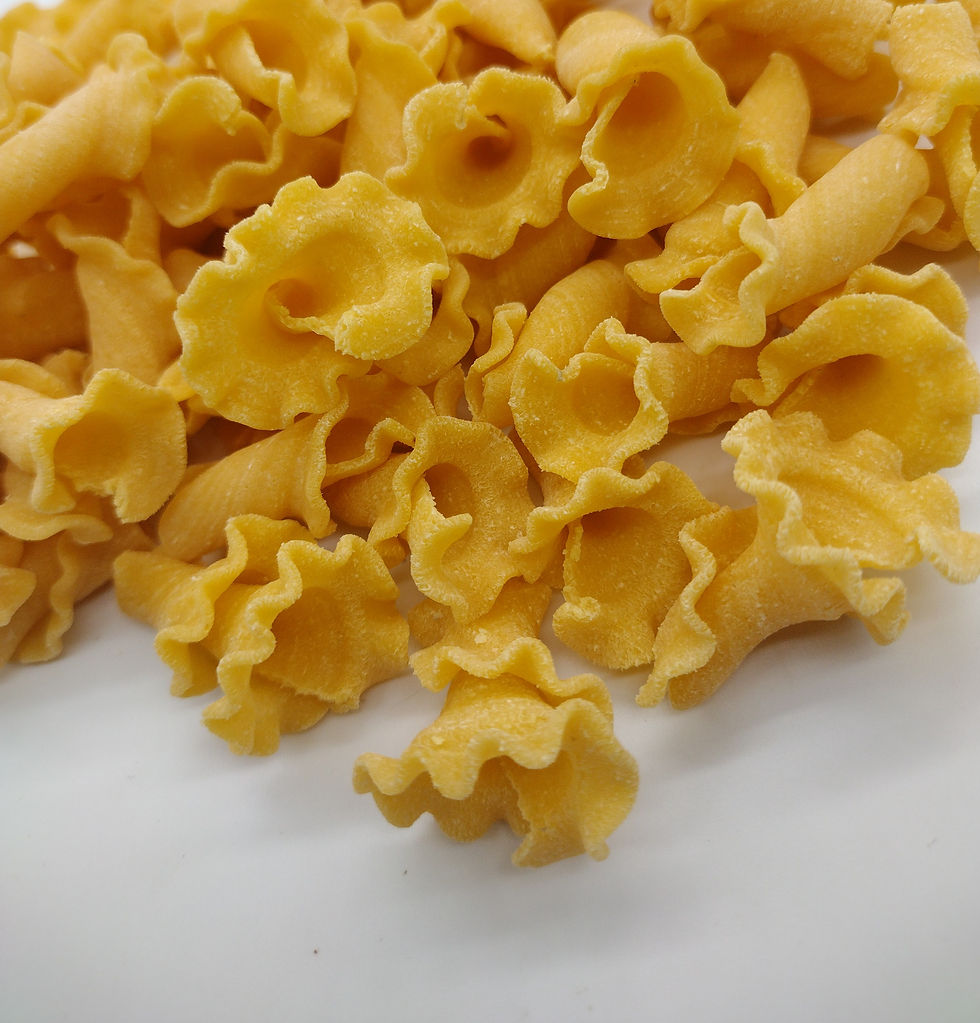5 Myths About Tea You Probably Believe (But Shouldn’t)
- Kelley Neumann

- Feb 17
- 3 min read

Tea has been around for thousands of years, which means it has had plenty of time to pick up some questionable facts along the way. From wild health claims to steeping rules that sound more like rocket science, there’s a lot of misinformation out there. So, let’s set the record straight!
Myth #1: Green Tea Has Less Caffeine Than Black Tea
We’ve all heard it: “Drink green tea if you want less caffeine!” But the truth? Caffeine levels in tea depend on how it’s processed, the type of tea leaves used, and how you brew it—not just the color of the tea.
Some green teas (like matcha) actually have more caffeine than black tea, and some black teas have less than a mild green tea. If you’re looking to control your caffeine intake, pay more attention to the specific tea variety and how long you steep it.
Myth #2: Herbal Tea Is Really Tea
We love a good chamomile or peppermint blend, but technically, herbal tea isn’t tea at all. Real tea comes from the Camellia sinensis plant (like black, green, oolong, and white tea). Herbal teas—also called tisanes—are made from flowers, herbs, fruits, and spices, which means they’re caffeine-free and often packed with unique health benefits.
But don’t worry, we won’t stop calling it tea—because “hot infused botanical beverage” just doesn’t have the same ring to it.
Myth #3: You Shouldn’t Add Milk to Tea
Tea purists might cringe, but adding milk to tea is a completely valid (and delicious) choice! It all comes down to personal taste. Many cultures—including the British, Indian, and Hong Kong milk tea drinkers—have been doing it for centuries.
The key is knowing which teas work best with milk. Strong black teas, chai blends, and some flavored teas (like vanilla or caramel) pair beautifully with a splash of milk. But delicate teas like white or green? Maybe not so much.
Myth #4: You Must Use Boiling Water for All Teas
Not so fast! While boiling water works great for black and herbal teas, it can actually burn delicate green and white teas, making them taste bitter.
Here’s a quick guide to water temperatures for different teas:
Black & Herbal Teas – 200-212°F (boiling)
Oolong Teas – 180-200°F
Green & White Teas – 160-180°F (hot, but not boiling)
So if you’ve ever brewed a green tea and thought it tasted like lawn clippings, it might be because your water was too hot.
Myth #5: Loose-Leaf Tea Is Too Complicated
We get it—loose-leaf tea looks fancy and intimidating if you’ve only ever used tea bags. But in reality? It’s just as easy (and way tastier).
All you need is: A teaspoon of loose-leaf tea A tea infuser or strainer Hot water A few minutes of patience
That’s it! No complicated rituals, no expensive equipment—just better, fresher tea without the dusty tea bags.
Final Sip: Don’t Believe Everything You Hear About Tea
There’s a lot of tea talk out there, but now you know the truth! Whether you’re a green tea purist, a milk-in-your-tea rebel, or a loose-leaf newbie, the best way to enjoy tea is your way.
At St. Croix Tea, we’re all about fun, flavorful, and fresh teas—whether pure or blended. Ready to bust another myth? Try loose-leaf tea for yourself and taste the difference!




